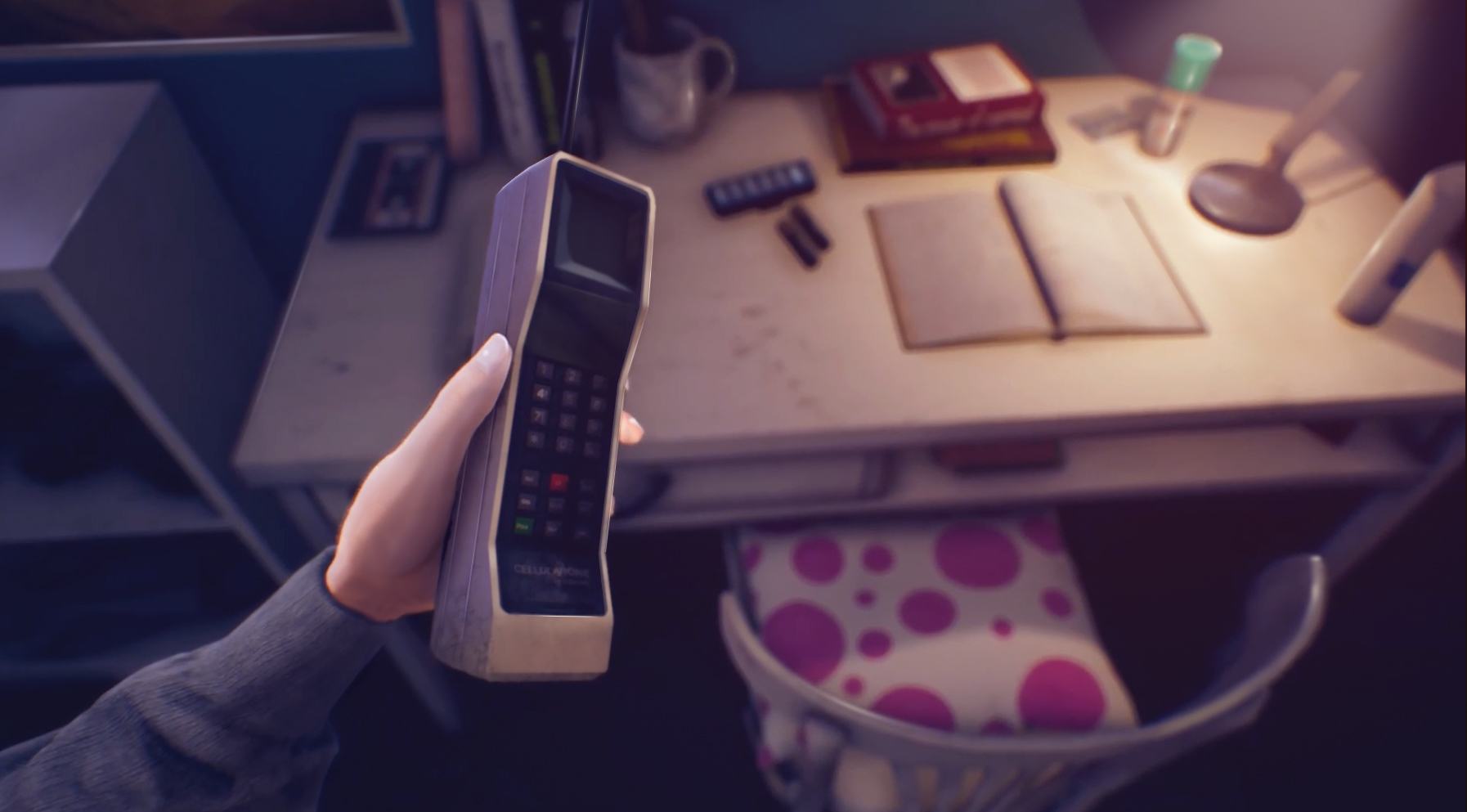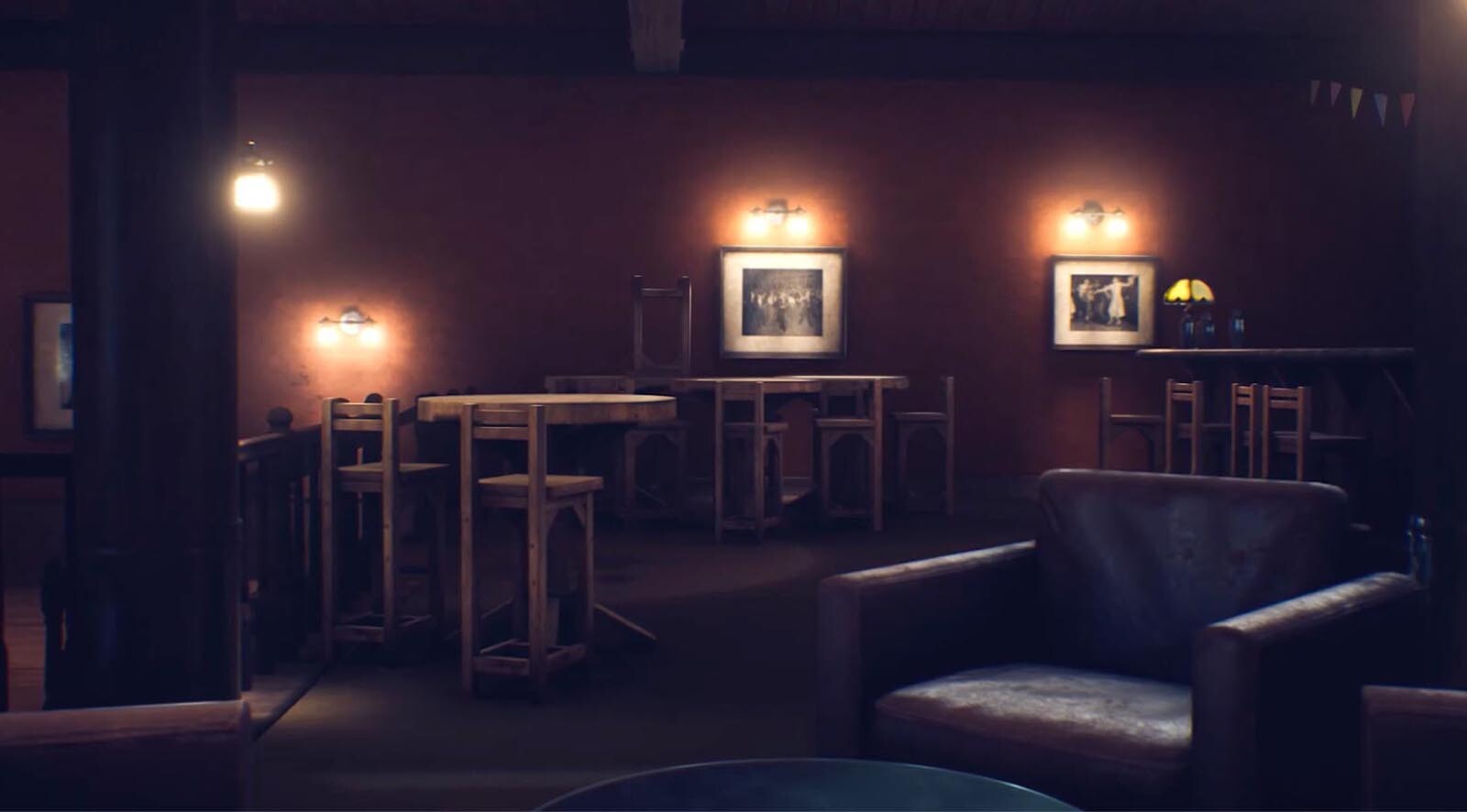

Irving provides all of the back and forth communication during the game, pointing you in the right direction and generally building the plot.

Similarly to Firewatch, lead character Nicole is in near constant contact with Irving, a Federal Emergency Management Agent, who is contacting her by a new piece of technology called a ‘cell phone’. One thing that it does different is a small inventory, allowing you to use a torch, or even a ghost hunting radar. At its core, The Suicide of Rachel Foster’s gameplay style is pretty standard for the genre: explore the world, click to examine or use objects. I don’t like to make too many comparisons between similar games, but sometimes it’s not hard to. Speaking of Rachel Foster’s contemporaries, the game did remind me of a blend of a few of them. The hotel, surroundings and everything inside are beautifully rendered, with the game really capturing a level of detail that outdoes games like Everybody’s Gone to the Rapture, Gone Home or Firewatch. Much like its contemporaries, The Suicide of Rachel Foster is realised by utilising amazing graphics. It taps into the feeling of altered reality at abandoned or empty real life locations. The Timberline’s design is unique enough to keep it interesting, but also a believable location. This means that it isn’t abandoned as such, but has fallen into disrepair over the years. In the plot, the Timberline has been closed for several years, but has had its owner living there.

Blending the likes of wood panel museums, cosy snug rooms, wide open overlooks and carpeted hallways all make The Suicide of Rachel Foster feel unique, yet familiar.Īnother thing that makes the Timberline an eerie locale to explore is its desolate nature. The design, while not a copy of these inspirations, is very reminiscent. The hotel also reminded me of The Great Northern Hotel from Lynch’s Twin Peaks. The Suicide of Rachel FosterĮxploring the hotel, my immediate thought was The Shining, especially finding a similar looking carpet on the upper floor - make no mistake, that’s not a coincidence. It isn’t a bland, standardised hotel: it’s one of those unique character hotels, the kind I’d imagine you’d find in a beauty spot nestled in the American wilderness, far from the hotel chains that you find everywhere else. The first thing that is striking about the hotel is its design. With little else to do, the only thing left is to explore. Nicole is here to inspect the hotel prior to its sale when a blizzard causes her to get stranded. This is important to the tone of the game, though more on this later. It’s been ten years since she was last there, and despite the hotel being closed for some years, it is still in good shape. The Suicide of Rachel Foster sees you take the role of protagonist Nicole as she returns to her family run hotel after the death of her father. Though I have done many miles of virtual ambling and I still looked forward to a stroll with The Suicide of Rachel Foster. Regardless of my opinions on the subject, I would class myself as Cultured Vultures’ official Head of Video Game Walking, as I seem to be the man to take on these sorts of adventure mystery titles. I’ve spoken about my thoughts on the phrase on several occasions before now and have no desire to repeat myself. The term ‘walking simulator’ gets applied to many first-person interactive fiction games, often rather erroneously, and I am certain it’ll get tacked onto The Suicide of Rachel Foster. Sure, if you look back there were games like Myst and Sentient in the 1990s, but this genre didn’t really develop into its own niche until this past decade. It’s hard to believe that, not so long ago, the first person mystery/exploration genre barely existed.


 0 kommentar(er)
0 kommentar(er)
